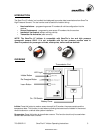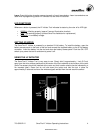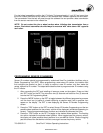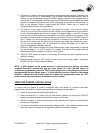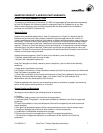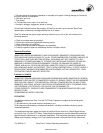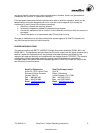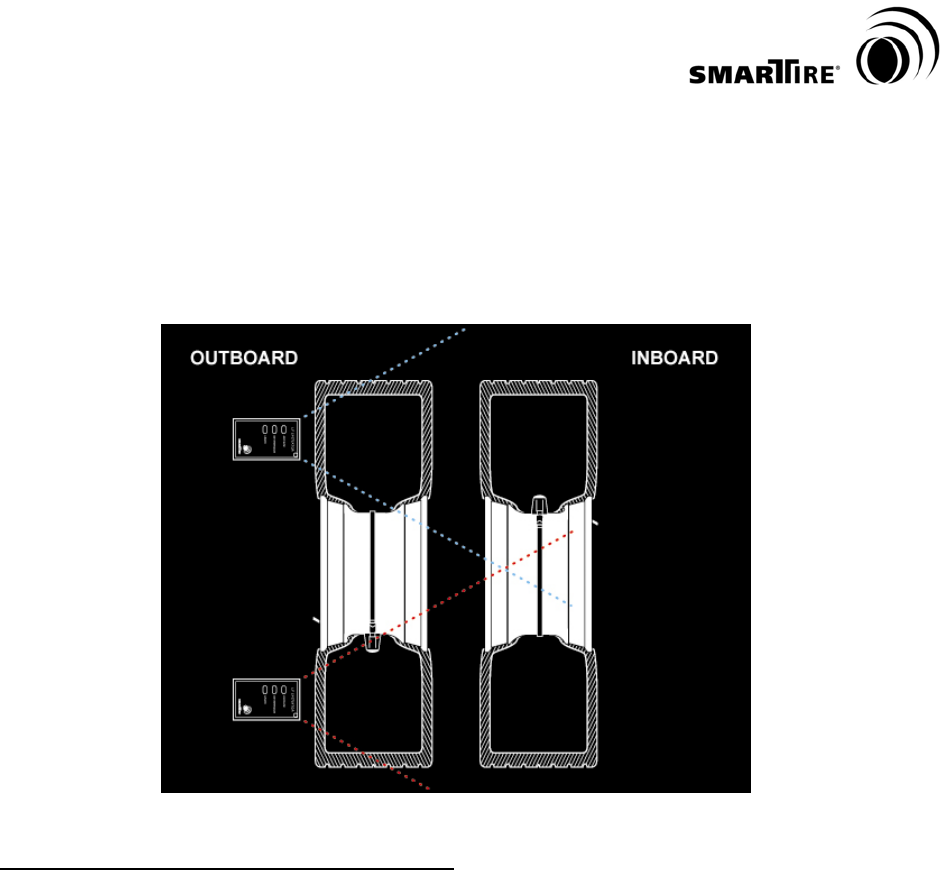
710.0026 R1.2 SmarTire LF Initiator Operating Instructions
5
For dual-wheel assemblies, position the LF Initiator Tool approximately 1 inch (2.5 cm) away from
the tire’s surface positioned at the center of the outboard tire’s sidewall opposite the valve stem.
The transmission from the tool will pass through the outboard tire and provoke a data transmission
from the sensor mounted on the inboard tire.
NOTE: Do not contact the tire or wheel surface when initiating data transmission from a
sensor. Dual-wheel assemblies should always be mounted with valve stems 180° opposite
each other.
PROGRAMMING SENSOR ID NUMBERS
Sensor ID numbers should be programmed by authorized SmarTire installation facilities using a
Dealer Programming Tool (DPT). When programming a new sensor ID number, the installer must
first configure the receiver so that it is ready to receive a new ID number, and then make the
sensor transmit its ID number. The steps below describe how to program sensor ID numbers using
the LF Initiator.
1. After connecting the DPT and installing all sensors, power on the system. Press and hold
the ‘SET’ button on the DPT for more than two (2) seconds and less than five (5) seconds
to enter the Full Programming Mode.
2. Press the ‘MODE’ button on the DPT to toggle between the different programming screens
until the learn icon (a profile of a head containing a question mark) and a computer icon
appear on the display. The DPT is now displaying the Sensor ID Number Programming
screen.
3. Press the ‘TIRE’ button on the DPT to select Sensor ID Number Programming and the ten
possible wheel positions for the primary vehicle will be displayed (windshield appearing on
screen). The pre-programmed sensor positions are indicated by darkened tire icons.
4. Press the ‘TIRE’ button on the DPT to toggle to the desired wheel position. The flashing
tire outline indicates the selected wheel position. When toggled past the primary vehicle,
the display will show possible wheel positions for a tow-behind vehicle. Continue toggling
past the axles of the two-behind vehicle to once again access the primary vehicle.
REFERENCE ONLY





